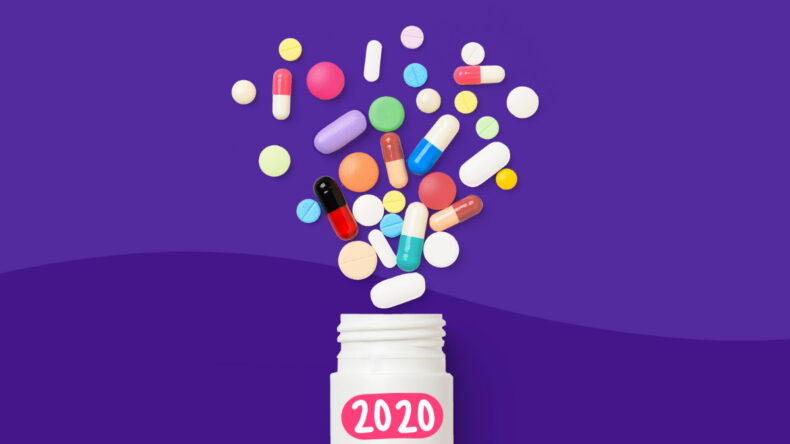Researchers from the University of Illinois, Chicago identify a novel compound present in fruit flies that could pave the way for the development of new antibiotics.
The study published in the scientific journal Nature Chemical Biology identifies the compound drosocin. The compound terminates bacteria by halting the process of translation.

NEED FOR NEW ANTIBIOTICS

Many bacteria have developed antibiotic resistance, causing deaths in the millions. As these bacteria develop such resistance the antibiotics developed are unable to hinder their growth and kill them. These antibiotic-resistance bacteria are termed as “superbugs”. The main reason for the development of such resistance is that bacteria are capable of doubling every 4 to 20 minutes, making bacteria one of the fastest organisms to reproduce. Examples of superbugs include Staphylococcus aureus (‘golden staph’ or MRSA) and Neisseria gonorrhoeae (the cause of gonorrhea) once susceptible to penicillin but now resistant.
A report released in “The Lancet” estimated that nearly 1.27 million people per year die of diseases contracted by antibiotic-resistant bacteria. The article further reported that nearly 5 million people died due to infections caused by these superbugs in the year 2019.
DROSOCIN AND ITS APPLICATIONS
Research at the University of Illinois, Chicago suggests that the compound Drosocin aids in preventing bacterial infections by binding to bacterial ribosomes. Binding to ribosomes it hinders the DNA from being read, thus blocking the manufacture of proteins. Proteins are integral to life, without protein production the bacteria are incapable of performing several functions necessary for survival thus killing itself.
“Drosocin and its active mutants made inside the bacteria forced bacterial cells to self-destruct,” Mankin the author and researchers said.
Drosocin is the second compound belonging to the proline-rich antimicrobial peptide to be identified, the first is apidaecin from honeybees. Both Drosocin and Apidaecin bind ribosomes to function hindering translation.
Drosocin undoubtedly has immense potential as a therapeutic agent in the field of medicine for human disease. But another field that drosocin can be effectively used is the field of agriculture. According to a paper published in the Journal of Applied Biology and Biotechnology plant pathogens cause an estimated annual loss of 33 billion USD for rice cultivators. The loss of crops due to plant pathogens worldwide is an estimated 220 billion USD. The development of drosocin as an agent against plant pathogens and pests is invaluable and would definitely lessen the number of crops lost worldwide.

FUTURE CHALLENGES AND PROSPECTS
The discovery of the compound in fruit flies is just the first step towards developing many novel drugs against bacterial infections. There are still a lot of studies to be conducted before it can be effectively utilized. One challenge lies in understanding the precise mechanisms by which drosocin interacts with various microorganisms. Additionally, researchers must ensure that drosocin remains stable and effective when administered in different forms, for example, topical applications, oral medications, and injections.
The compound will undergo numerous clinical studies and trials, approvals from regulatory boards, and more before being sold as medication.













